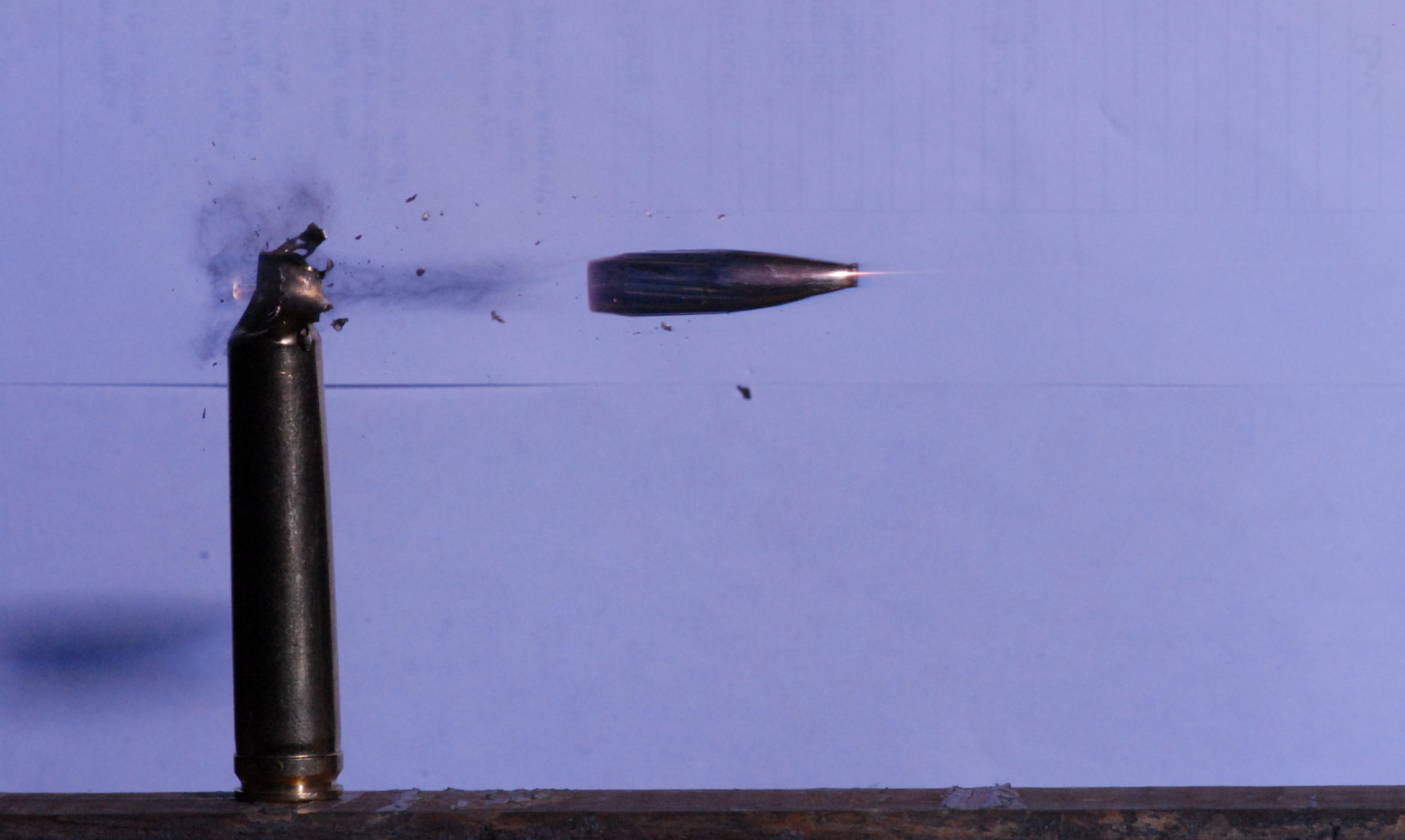When I got into casting, I never got into purchasing the lubrisizers. These all in one units that both size the bullet and fill the lube grooves with lubricant. Most of that was cost. Lee Precision marketed the tumble lube method. Honestly I was satisfied with that for many years. It was cheap, easy to do, and I found the bullets to shoot well and did not lead my barrels.

As I’ve previously mentioned my biggest complaint with Lee’s Method is that the lube never seemed to completely dry. The tacky coating tended to attract dirt, and would build up in my dies, or would come off in my ammo can. I resorted to using a little motor mica powder, and sprinkled a little on the bullets to help reduce the tackiness of the bullets prior to loading.

Lee Sizing dies are built to size bullets that have been lubricate using the tumbling method. My understanding of the Hi-Tek coating is that it added some lubricity to the bullet. However when I went to size the bullets I ran into troubles. The force needed to size the bullet would leave impressions on the base of the bullet. The Hi-Tek coating definitely gripped the bullet, but it did not provide the same lubricating qualities as the Lee Alox coating that I had used previously.

So I needed to look for a solution. The benefit to using Lee Sizing Dies for bullet casting is they are cheap. The retail price for the set up will run you somewhere between $20-$30 dollars. They also do not require a dedicated press to use, so you reclaim some of your bench space. However ever the down side to using the Lee Sizing Die, is they are cheap, and really are manufactured to the minimum required quality to accomplish their job.

The surface finish on the inside of the dies are full of machining marks which increases the force needed to size a bullet. A lubricated bullet, does fine, but the Hi-Tek bullet’s do not seem to fair so well. To solve the issue my first approach is to polish the die. I strongly suspect these dies are made from 12L14, or some other inexpensive easy to machine steel. I would be surprised if they were case hardened, given the steel is many times harder then the lead. Because the steel is soft we need to pay attention as it will be easy to polish too much material from the die and increase the diameter to .453 or .454 which is a little too bit for 45 ACP.

I wasn’t sure the best way to go about this. At first I tried a softwood dowel and some 400 grit polishing paste. I chucked the die up in the lathe and spun it about 500rpm while pressing the rogue impregnated dowel on to the surfaces needing polishing. It seemed to work ok, but to be honest, it was taking a lot longer then I had hoped. This may have been due to the quality of the rouge, or it may be I’m just not patient enough.

I scrapped the polishing paste and moved on to emery cloth. The best I has was 320 grit. I wrapped a piece around the dowel and pressed it against the inner surfaces of die. This worked much better. I checked the progress and the diameter several times.

The 320 grit emery cloth did what the polish didn’t do, in about 10 minutes time. The surface finish was much improved, and gave me enough confidence to give the sizing another try.

After sizing about two or three dozen bullets, I was confident that the polishing had made an improvement over the stock die. It wasn’t quite to the point where we wanted it to be, but it was an improvement. I ordered 600, 800, and 1000 grit emery cloth to finish the job. Unfortunately current shipping times are pushing out the delivery past a week, due to the COVID-19 issues.
I am also looking at trying some home made lubricant. This is 1:6 ratio of 99% isopropyl alcohol and liquid lanolin is commonly used as a homemade case sizing lubricate. The alcohol acts as a carrier for the lanolin, a lubricant. When sprayed on the case the alcohol flashes off leaving a thin film of lube on the case, which is easy to clean. You might think that spraying this on the bullets defeats the purpose of moving away from the tacky Lee Alox lube, but if we decrease the ratio to a 1:10 or 1:12, we may just get a smidge of lubricant that helps the bullet pass through the die, but isn’t enough to make the bullet tacky. I don’t know if it will work, but we will try it.
That is where we will leave this project for now, keep and eye on the Facebook page or the email updates (if you are a subscriber) for the conclusion of this write up!
